Jakarta, MINA – Muhammadiyah has implemented the Global Unified Hijri Calendar (GUHC) to determine the beginning of the Hijri month, which was launched alongside the moment of 1 Muharram 1446 Hijri this year.
The adoption of GUHC also marks Muhammadiyah’s departure from the criteria of sighting the crescent moon for determining the beginning of the Hijri month, which was previously used.
Secretary General of Muhammadiyah Abdul Mu’ti explained the development of GUHC by Muhammadiyah as a response to strategic issues formulated at the 48th Muktamar held in Surakarta.
In the formulation of the 48th Muktamar, Mu’ti said GUHC was developed to respond to challenges in the context of ummah, national, and universal humanitarian issues. This means GUHC is not only for specific worship purposes.
Also Read: The Four Cultural Pillars of Bayt al-Maqdis to Strengthen the Movement for Al-Aqsa’s Liberation
He said the complexity of issues in GUHC also intersects with political issues, both at the national and global levels. Apart from being complex, GUHC is also a dynamic issue in terms of methodology and consequences of its use.
“So, criticisms arise when approaching Ramadan, Eid al-Fitr, and Eid al-Adha, there is always an annual debate that recurs. Has the crescent moon appeared or not?” Mu’ti said as quoted on Muhammadiyah’s official website, as reported by CNN Indonesia.
Mu’ti hopes that with the implementation of GUHC, these annual debates will no longer arise. Thus, the community’s energy will not be drained because there are still other matters waiting to be addressed efficiently.
Abdul Mu’ti views GUHC not only as a response to these three important times for Muslims but also to provide certainty for other important times including daily prayer schedules, agreements, and so on.
When meeting with representatives from the Islamic Society of North America (ISNA), Abdul recounted that ISNA currently uses the hisab method for the Hijri calendar.
Because hisab provides long-term calendar accuracy, he said ISNA could reach an agreement with the UN Secretary-General so that during early Shawwal, the UN does not hold sessions because Muslims celebrate Eid al-Fitr.
“Sessions are canceled during Eid al-Fitr to respect Muslims celebrating it. Therefore, the calendar calculation using hisab provides certainty so that ISNA can provide information to the UN Secretary-General about when Eid al-Fitr will be, and can be synchronized with the session schedule,” he explained.
Previously, Muhammadiyah applied the criteria of sighting the crescent moon when determining the beginning of the Hijri month. This criteria required the beginning of the Hijri month to be valid if the conjunction or the alignment of the sun, moon, and earth marking the new moon phase occurs before sunset and the moon’s height is already above the horizon. This criteria only applied within Indonesia.
Also Read: Maemunah Center Indonesia Finalizes Structural Plans for Maternity and Children’s Hospital in Gaza
Quoted on Muhammadiyah’s official website, GUHC has several interrelated and complementary principles. First, the principle of harmonizing days and dates worldwide. This concept ensures that every day has a single date worldwide.
GUHC aims to avoid differences in determining important worship moments such as Ramadan and Shawwal. This responds to differences in determining worship days that can last for days, which is certainly not ideal given the importance of time in Islamic teachings.
Second, the principle of inevitable use of reckoning in formulating GUHC. As a global calendar, GUHC must be planned far in advance and reconstruct past dates. Hisab provides the necessary certainty in human activity planning, unlike rukyat which only produces results shortly after implementation.
The third principle, absolute global unity recognizes that the determination of days and dates must be universal, not tied to specific regions. When the crescent moon has definitively been seen somewhere, it applies universally. This view emphasizes unity in calendar use, considering the limitations of moon visibility when first sighted at a location.
Also Read: Imam Yakhsyallah Highlights Ummah Unity as the Core Path to the Liberation of Al-Aqsa
Lastly, the principle of starting the day in GUHC refers to international agreements on time. It begins and ends at midnight on the 180th meridian. This principle was chosen for its stability and certainty, as well as its ability to overcome challenges arising from changes in location and sunset times. (T/RE1/P2)
Mi’raj News Agency (MINA)
Also Read: Prof. El-Awaisi Urges Participants to Continue Spreading Baitul Maqdis Culture






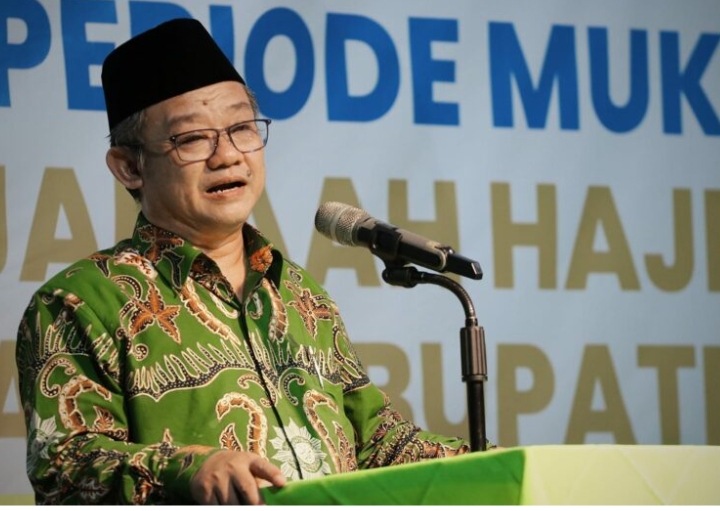




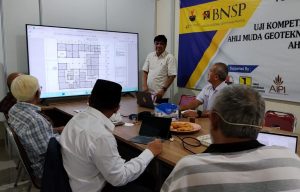




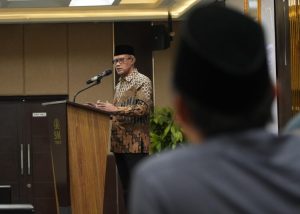

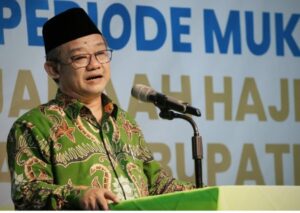












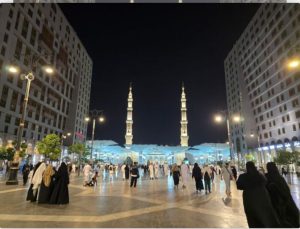



 Mina Indonesia
Mina Indonesia Mina Arabic
Mina Arabic